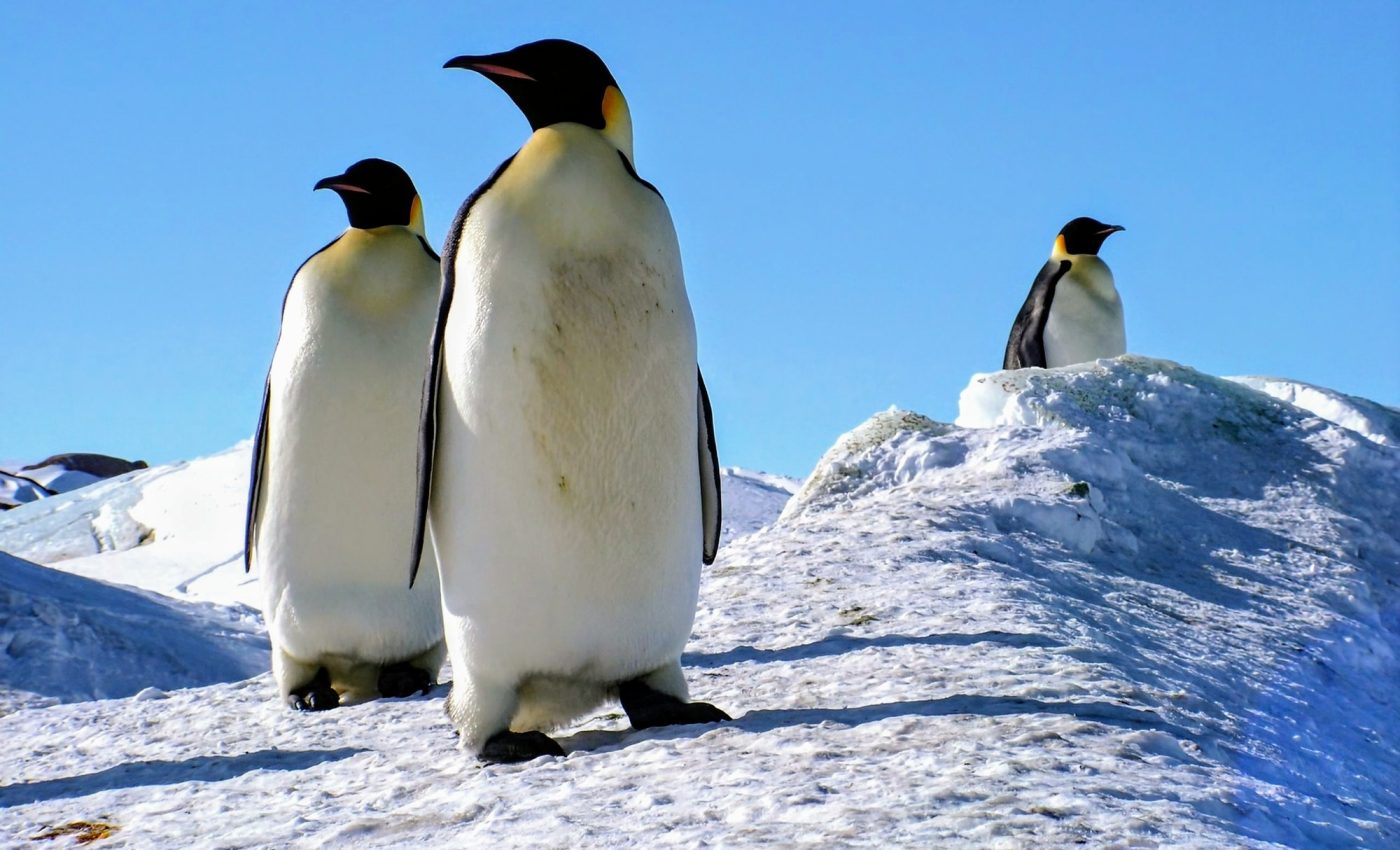
Antarctica's land is lifting, and it may reduce sea level rise
Unpredictable as they may seem, the forces of nature never cease to surprise us. Yet, the fact remains that the better we understand these forces, the better we can anticipate their impact. The latest in the mysterious saga of natural occurrences is the rising earth beneath the Antarctica Ice Sheet, a phenomenon taking precedence in our fight against future sea level rise.
Rise and fall of sea levels in Antarctica
While it may appear to be a motionless mass, our ‘solid’ ground is always on the move, sinking and rising in response to environmental shifts.
Now, Antarctica, already in the spotlight for melting glacial ice, adds another interesting twist. As the ice melts, the reduced weight on the bedrock allows it to rise.
How this rising ground interacts with the overlying ice and consequently impacts sea level rise intrigued Terry Wilson – a senior research scientist at the Byrd Polar and Climate Research Center at The Ohio State University – and her team.
What lies in the balance
To make sense of this, Wilson’s fellow researchers at McGill University developed an impressive model. It predicts how these earth-ice interactions could influence global sea level and, surprisingly, it points to some good news.
But, what could be good about rising sea levels? Well, if we manage to lower greenhouse gas emissions and slow global warming, the model suggests that the upward shifts in the solid earth could lessen Antarctica’s contribution to sea level rise by a whopping 40 percent.
Rising Antarctica, rising sea
Yet, we must face the reality that if we fail to reduce carbon emissions in time, the scales tip the other way. With higher emissions, ice retreat outstrips the uplift and magnifies sea level rise. This scenario could worsen sea level rise predictions along populated coastlines according to Wilson.
“Our measurements show that the solid earth that forms the base of the Antarctic ice sheet is changing shape surprisingly quickly,“ said Wilson. “The land uplift from reduced ice on the surface is happening in decades, rather than over thousands of years.”
The study uses data obtained from the Antarctic Network (ANET) of the Polar Earth Observing Network (POLENET) project. By conducting a series of simulations, the researchers predicted potential evolutions of Antarctica’s ice sheet and the extent of global sea level rise until the year 2500.
Every action counts
“We can project what difference it will make if we all contribute to a low-emission scenario now, versus what’s come to be called ‘business as usual’ emissions,” said Wilson.
Her research is a testament to how our individual, national, and global actions can impact the health of our planet and shape our future.
The study is crucial in understanding how changes in Antarctica could influence sea levels worldwide. With almost 700 million people living in coastal regions, mitigating conditions like atmospheric and ocean warming becomes a pressing issue.
What’s at stake?
With climate change effects becoming increasingly apparent, this work emphasizes the urgency of action. It reinforces that our collective decisions can shape the kind of Earth our next generations will inherit.
This insightful study ties in seamlessly with a broader dialogue on climate change, the environment, and our shared responsibility in preserving our future.
The study was achieved with invaluable contributions from scientists across various universities and was generously supported by the U.S National Science Foundation and the Natural Sciences and Engineering Research Council of Canada.
This piece of research has further untangled the complex relationship between the solid earth and the processes it undergoes. As our planet evolves, consistent data gathering and prompt, accurate predictions are critical in navigating the environmental changes we face.
“There’s a lot of uncertainty in every model and every prediction that you make,” said Wilson. “But to document how fast our world is changing, it’s very important to continue advancing our ability to make predictions that are more certain, which is the only path that will allow us to tend to our future in a meaningful way.”
And remember, whether it’s a small switch to sustainable alternatives or a vote for environmental policies, every action we take brings us a step closer to preserving our home. So, what steps will you take today?
The study is published in the journal Science Advances.
—–
Like what you read? Subscribe to our newsletter for engaging articles, exclusive content, and the latest updates.
Check us out on EarthSnap, a free app brought to you by Eric Ralls and Earth.com.
—–













